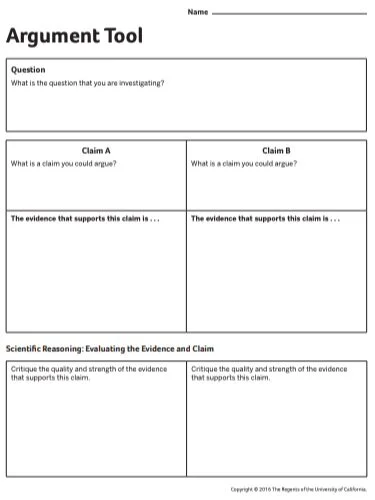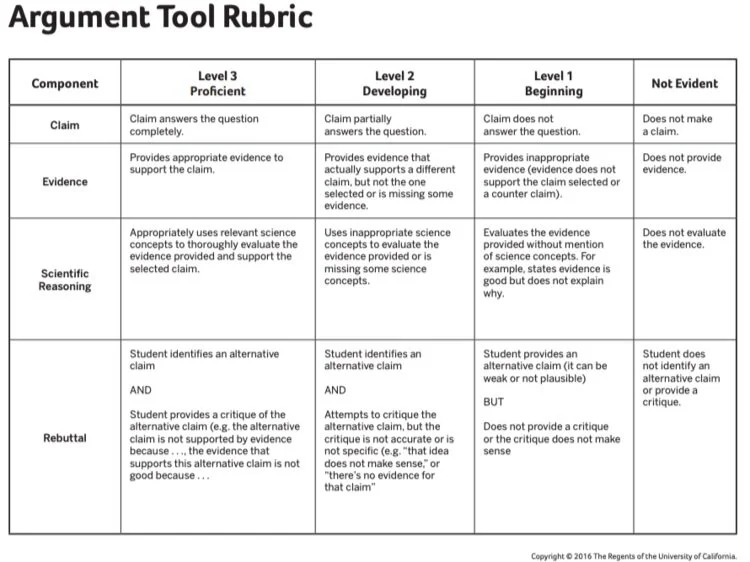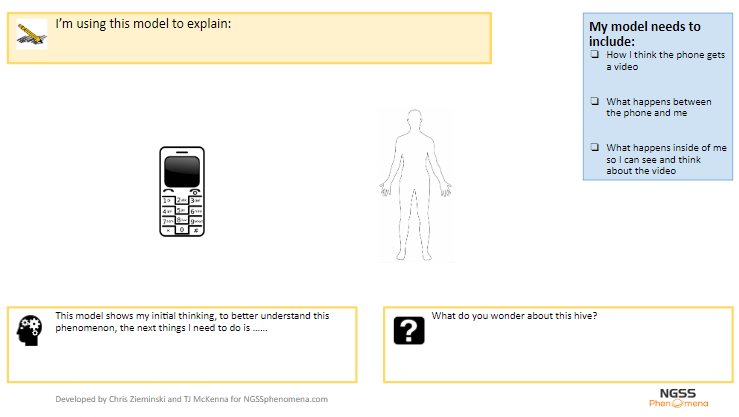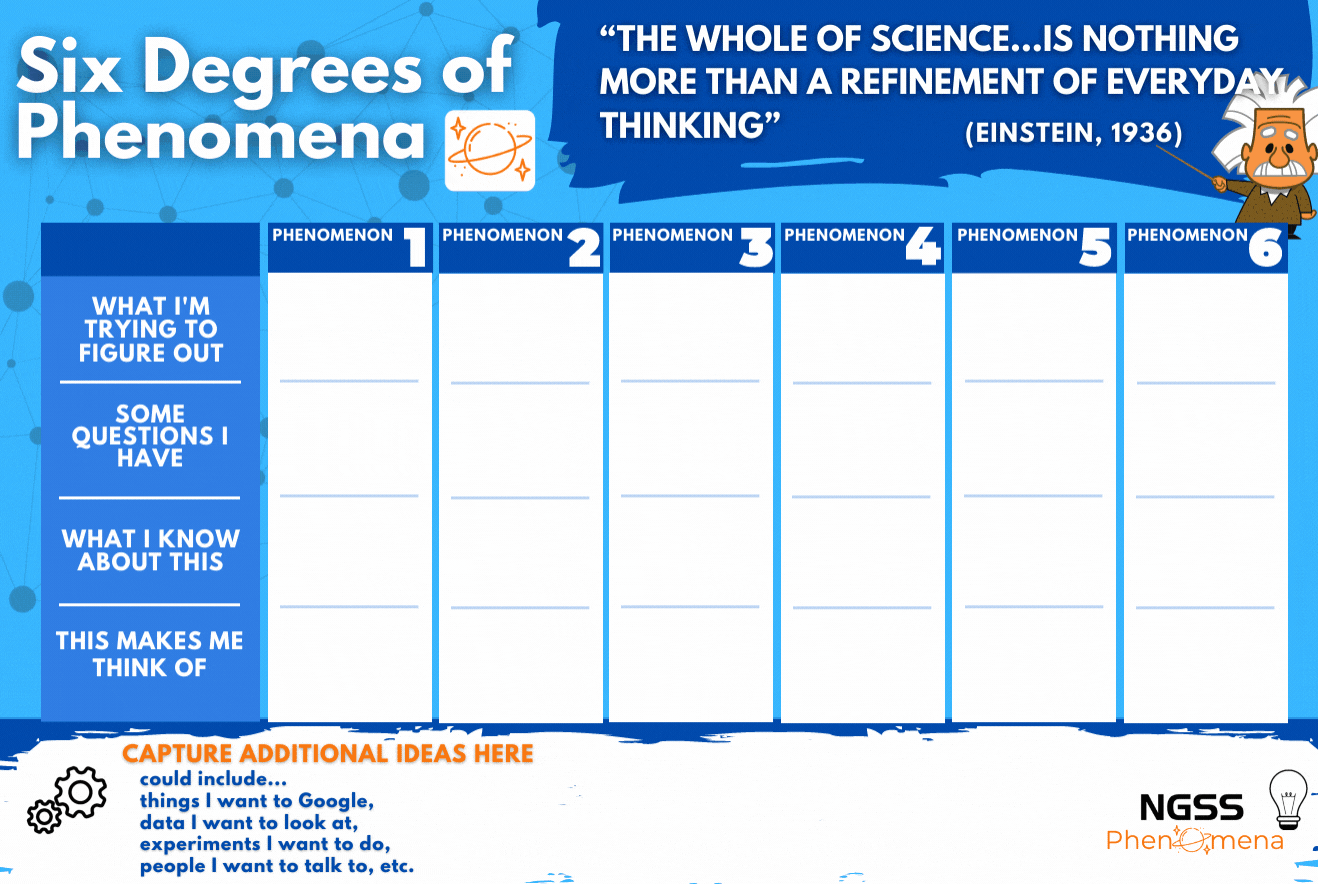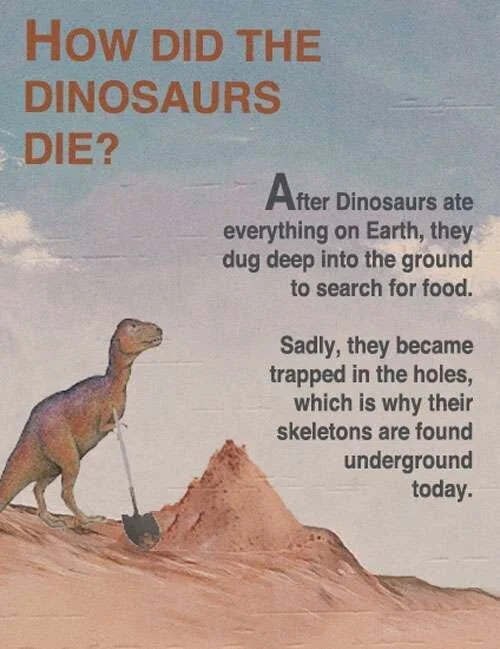VIRTUAL SCIENCE EDUCATION - HIGH SCHOOL RESOURCE
Welcome to the Virtual Science Education blog post. Today, we are going to focus on a High School resource to support younger adults as they continue to do and think about science while at home.
As a class, we are going to try and figure out what the deal is with fake videos? Or, maybe we will think about it as - what's the deal with the real videos? What is it about a video that makes us stop and watch or just scroll on by.
WHAT’S THE PHENOMENON? FAKE VIDEOS ON YOUTUBE AND TIKTOK!
You’re home. The internet is basically on fire. What can we do?!!?
What have you seen lately on the internet that has caught your attention?
Where do the videos come from? Literally, how does it get on my phone? How does a video get from one phone to the next? And what is it about the way some are made that lend themselves to being ‘believable’?
What makes videos appealing to people
We know everybody has different tastes and perceives events differently, but how can we all see and think about a video? What is going on inside of us, and inside the phone, that makes this whole event possible
Capture Student Thinking Using A Google Form
Our challenge is to identify some big questions we have that will help us figure out what science concepts we need to be able to share our evidence based thinking about how we communicate and how some forms of communication are perceived.
Probe students to find out what their rough draft thinking is about why some people perceive fake videos to be real or real videos fake? What do your students consider to be important components of this source - receptor - perception system?
Once you get the Google Form responses, its a great opportunity to connect with your students in a meaningful way as you can share the responses with them in a variety of ways.
Grab a copy of this form with the links below. You can copy the Google Form, add to your Drive, modify and designate a sheet to collect student responses.
SUPPORTING STUDENTS AS THEY Develop an argument
When you evaluate your claims - often you say “nahhh thats fake” (which is a claim) but then say why do you think that is real (which is looking for reasoning).
Click on the image on the bottom left to use a tool to build your argument. Also note the rubric to self-evaluate your argument.
Wait!? Should We Be Thinking More About Light?
What gaps are evident in student responses? How can we build a more coherent sequence of learning? And, most importantly, how can all of this stay connected to the students’ lives and be motivated by their curiosity rather than a bunch of disjointed science ideas?
What other questions can we ask by using a similar context - cell phones - to help us add evidence to our models regarding light?
Thinking about our explanations and what new questions we have that are motivated by identifying gaps in our understanding are vital for authentic sense making using phenomena.
Students Share Their Initial Explanations With Other Students and Get Feedback
This template is designed to get students thinking about more than just a video - the purpose is to shift the lens to the big picture and bigger science ideas.
This template is just a guide and is modifiable, however the My Model Needs to Include section should be shared with students.
One way to share with students is have them use any sheet of paper and use the template to help them start modeling. A photo can be taken and shared with another student for feedback.
Post written by Chris Zieminski and TJ McKenna for ngssphenomena.com
Comment below, or email [email protected].



